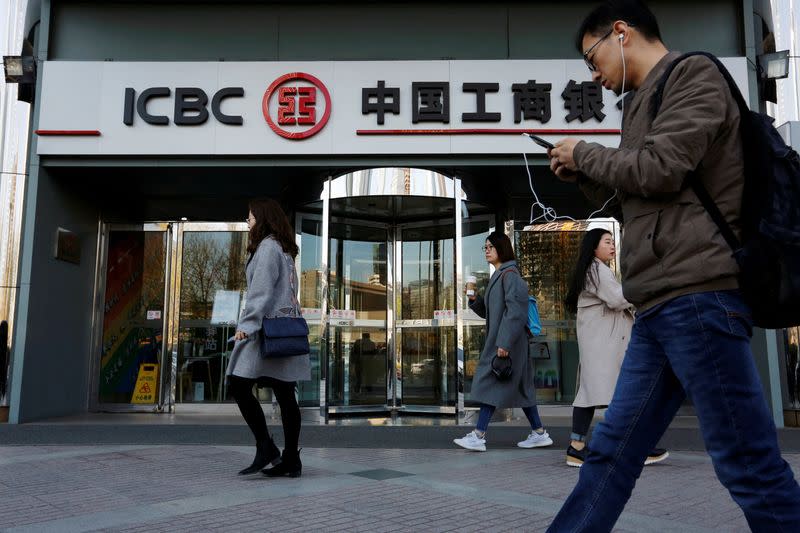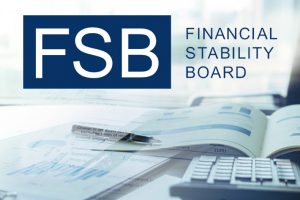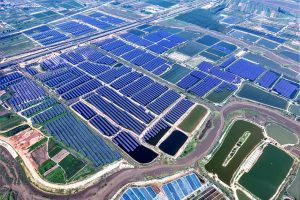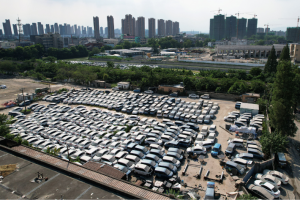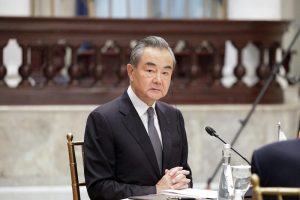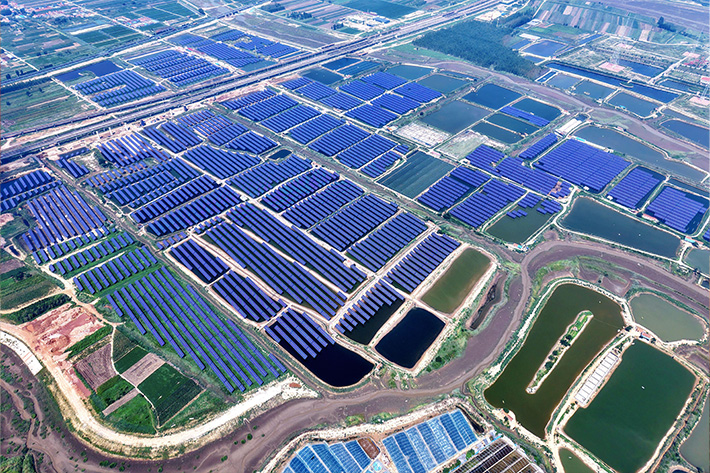China’s economic slowdown – spurred by tough restrictions imposed during the Covid pandemic and strong deleveraging of massive debts accumulated over the past decade by construction giants – has taken a toll on the country’s banks.
Data revealed on Friday showed that five of China’s largest lenders posted shrinking margins in the first quarter, as loan re-pricing bites.
Borrowers are struggling to repay loans after three years of China’s contentious zero-Covid policy hit the economy and Beijing put pressure on lenders to reduce individual and company debt burdens by cutting interest rates.
Industrial and Commercial Bank of China (ICBC), the world’s largest commercial lender by assets, posted a net interest margin (NIM) – a key indicator of bank profitability – of 1.77% at the end of March, down from 1.92% from the end of the prior quarter.
ALSO SEE:
China Stock Markets Have Lost $550bn in Last Week – FT
Following suit were Agricultural Bank of China Ltd (AgBank), Bank of China (BoC), China’s Bank of Communications Co Ltd (BoCom), and China Construction Bank Corp (CCB), all posting dips in their net interest margins.
And the trend looks set to continue this year.
“Chinese banks are likely to see further pressure on NIM, driven by mortgage repricing to reduced rates and ongoing deposit competition, as well as continued policy directives on reducing borrowers’ costs especially for micro-and small enterprises,” said Elaine Xu, director of APAC Financial Institution, Fitch Ratings.
“Demand for residential mortgage and property-development loans still stay weak and should weigh on overall lending growth and NIM,” Xu added.
Bad loans tipped to peak in 2024
Gary Ng, a senior economist at Natixis Corporate and Investment Bank, said the banking sector may face NIM pressure as China gears itself towards ‘Common prosperity‘, given that the sector is one of the most profitable in the country.
All lenders posted flat to around 5% net profit growth with BoCom logging the highest first-quarter net profit at over 5%. AgBank came in second with 1.75% as the others posted flat net profit growth over the same period.
Non-performing loan (NPL) ratios held steady, with most lenders flat at the end of March from the end of the prior quarter, though BoC’s ticked down slightly from 1.32% at the end of March to 1.18% at the end of December last year.
While bad loans appear to be stable, analysts said NPLs may peak later.
“We expect property NPLs to peak in 2024 as the recovery process takes time, especially in lower-tier Chinese cities,” said Ming Tan, Director at S&P Global Ratings.
- Reuters with additional editing by Jim Pollard
ALSO SEE:
China Sees 4.5% Growth in First Quarter, But Outlook Cloudy
China’s 2022 Growth of 3% Among the Worst in 50 Years
AF TV – Explained: What is China’s Common Prosperity drive?




